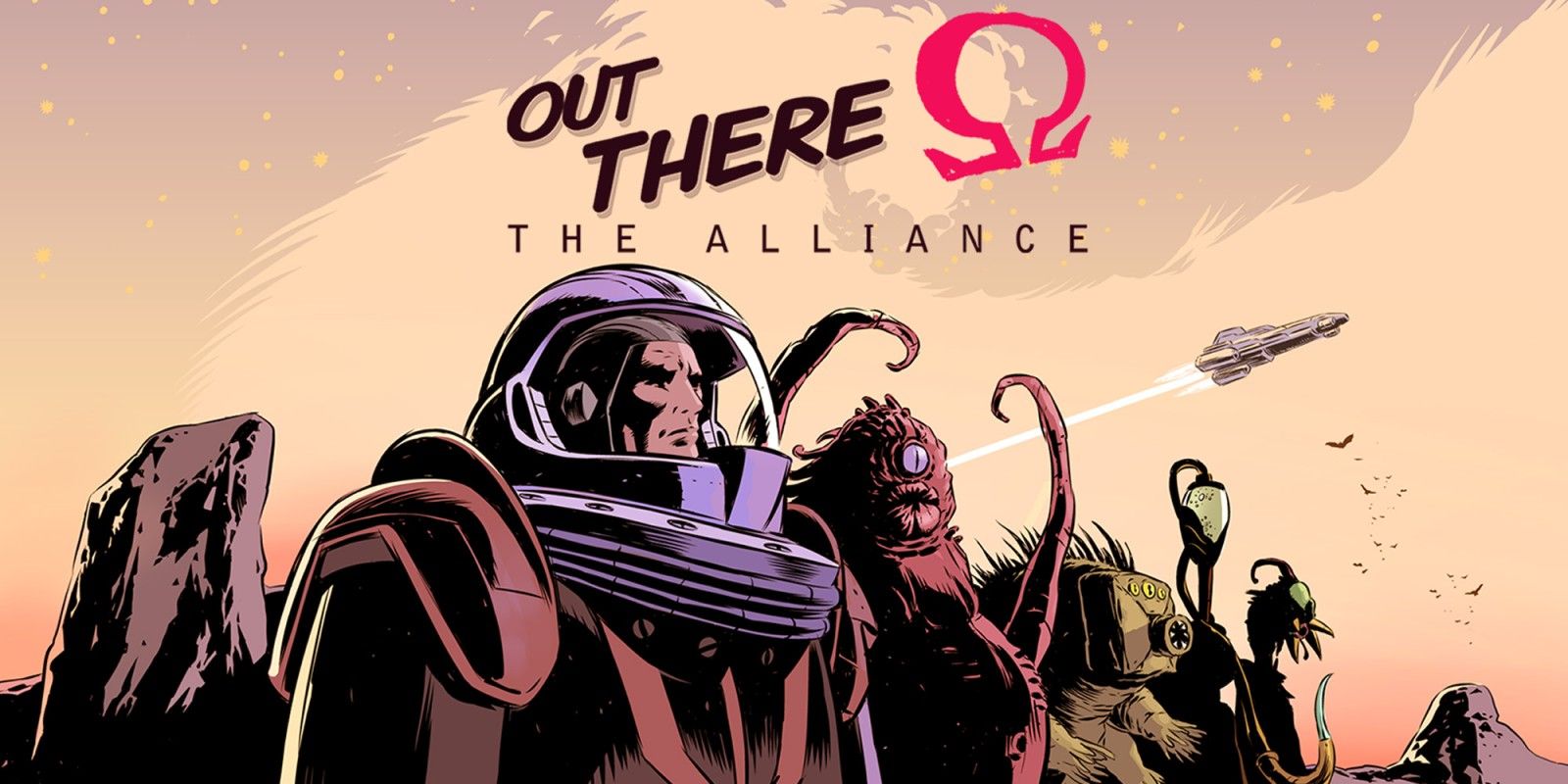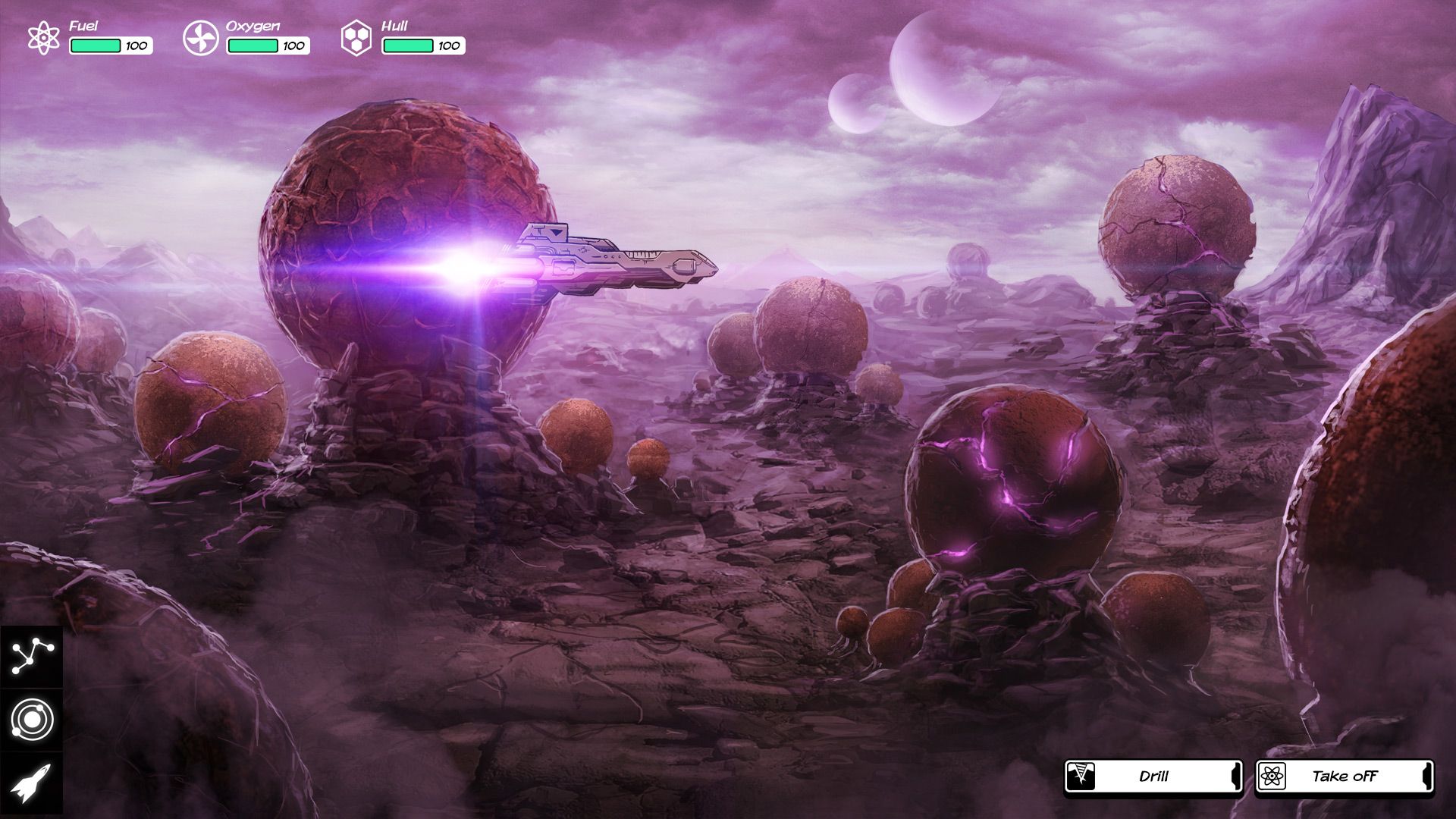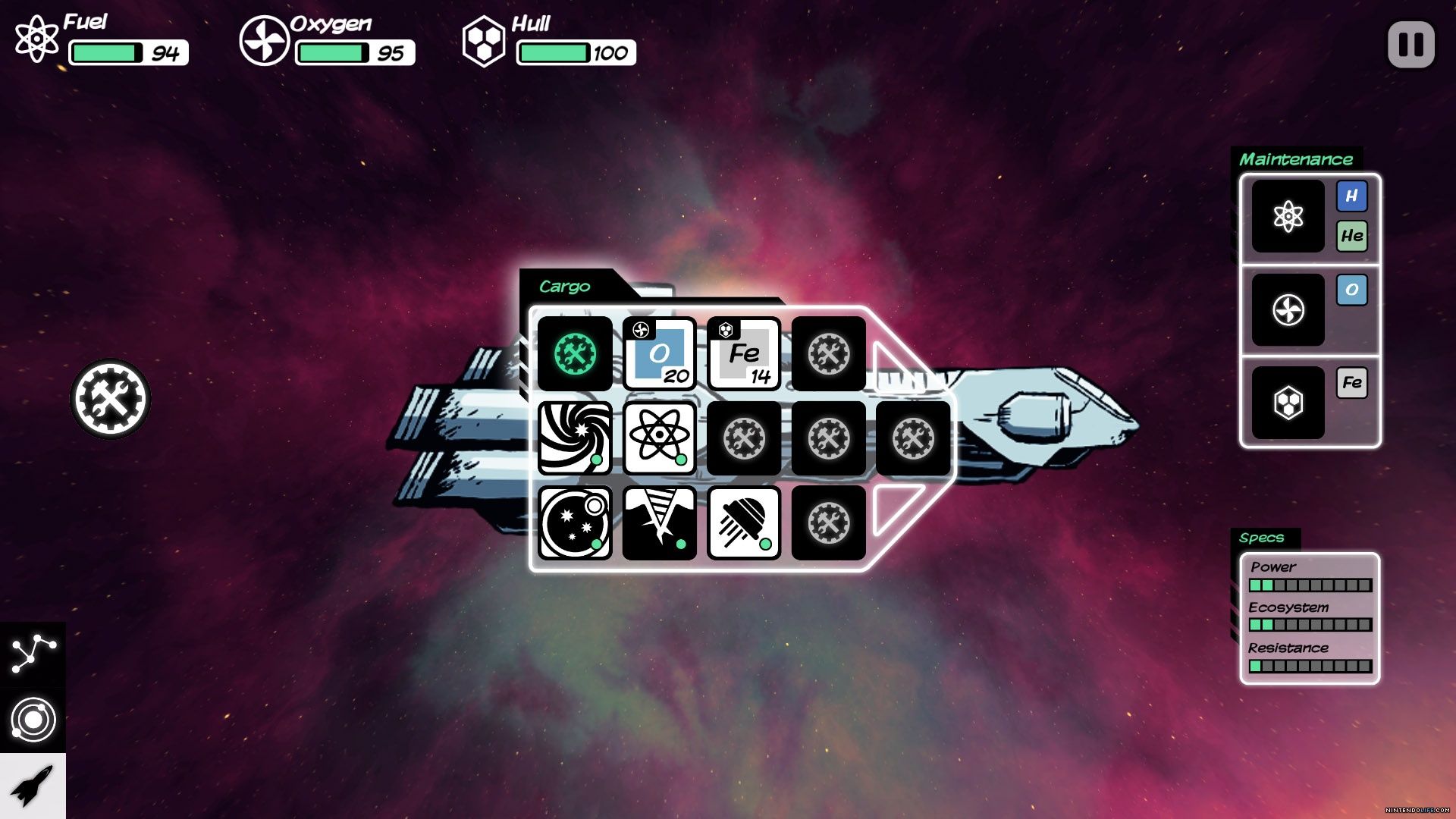Raw Fury's Out There: Omega The Alliance on Nintendo Switch is the best version of the game but it still has the original's repetitive problems.
The Nintendo Switch is overwhelmed with indie ports. Whether they were particularly well received in their first launch or not, so many game developers have tried to use the popularity of the Switch to resurrect their titles. By and large though these ports are just the same game recycled for Nintendo's handled and console hybrid with little to no fanfare. Raw Fury's Out There: Omega The Alliance attempts to do something different, giving Nintendo Switch players a version of an old game that is both unique and special.
Like the 2014 original for mobile device Out There Omega: The Alliance still puts players in control of a lone space wanderer in the 22nd century. A wanderer who has blown way off course from his original destination and awakens from cyrosleep in a strange new galaxy. With a few new content additions and updated art Out There: Omega The Alliance is the best edition of Out There yet even if it doesn't solve all of the original game's issues.
Out There: Omega The Alliance strikes a different tone from most space-faring games. It is a much more somber experience. By far, Out There's most significant offering is the way it makes the player feel the fear and isolation of deep space. While this is partly achieved by the game's fantastic 2D art it's more keenly felt in the gameplay. Out There is all about the paranoia and stress of resource management. The game makes it very clear, very quickly that you have limited fuel, hull armor, and life sustaining materials. If any one of those runs out it's game over.
Initially this makes Out There seem very overwhelming and even tedious. It's true that the game involves a lot of menu sifting, basic math processing to calculate how much fuel it will take to get to a planet and just straight up praying that the next destination will contain what you need to survive. 15 minutes into Out There that overwhelming sense of panic dissolves and it's obvious that the game is actually quite streamlined. It's simple but smart. All resources and their functions are clearly marked and while there is strategy involved in exploring the unknown universe it is never so complex that it makes playing Out There feel like a part time job. There's something strangely addicting and satisfying about stockpiling resources and planning flights from planet to planet ahead of time.
Where Out There really comes alive though is in its text based story moments. Every so often Out There's journey of planet hopping will stop and a message will pop up. Sometimes this message will detail a surprise alien encounter, an unforeseen space disaster or something altogether more stranger and/or amusing. Each message will end with a player decision and this level of interaction is always engaging. It's these moments that have been added and enhanced in the Nintendo Switch version.
The Alliance adds 30 more interactive stories, brand new alien escort missions and a whole new ending depending on which faction of aliens the player sides with throughout their adventure. It's these additions that make the Switch's version of Out There feel not only fresher but more complete than any previous edition. The Switch makes the best part of Out There even better and provides more material to enjoy. Even if you're successful on your first run of Out There and get one of the five endings where humanity is either saved or destroyed, all the game has to offer won't be seen due to the volume of random text encounters.
As fun as these story moments are Out There does have some problems that still haven't been addressed with the newest version. Out There is a rogue-lite where failure is not only expected but built into the game. Resources will almost certainly completely deplete during one run or some random catastrophe will hit that results in a game over and forced restart. Out There does offer new ships with every failure (assuming certain objectives are met) but the high number of failures is frustrating. The game is just too random. Often a game over doesn't occur because of poor planning but just because Out There throws way too many random curveballs. The galaxy of Out There is procedurally generated which keeps things exciting but also stunts progression. Each game over isn't a learning experience because the next playthrough could (and probably will) have something completely different on the path.
These frequent restarts are especially frustrating at the early part of a run because every Out There game begins in the same way. Every new game is slow process of building up resources. No matter how good a job overall Out There does with resource management that process loses its charm 20-30 times into it. This circle of failure doesn't ruin Out There, especially since the heavy resource management section of the game only last about 15 minutes, but it is a notable bummer.
It can be draining to play Out There for extended periods of time. Even though it has been updated and enhanced the blueprints of Out There as a mobile game are still visible in the Switch version. This is a game that is meant to be played in short stretches and maybe even with frequent breaks and that's the type of game that the Nintendo Switch is more suited to hosting than other consoles.
Out There: Omega The Alliance is available now for $14.99 on Nintendo Switch. Screen Rant was provided a copy for review.



